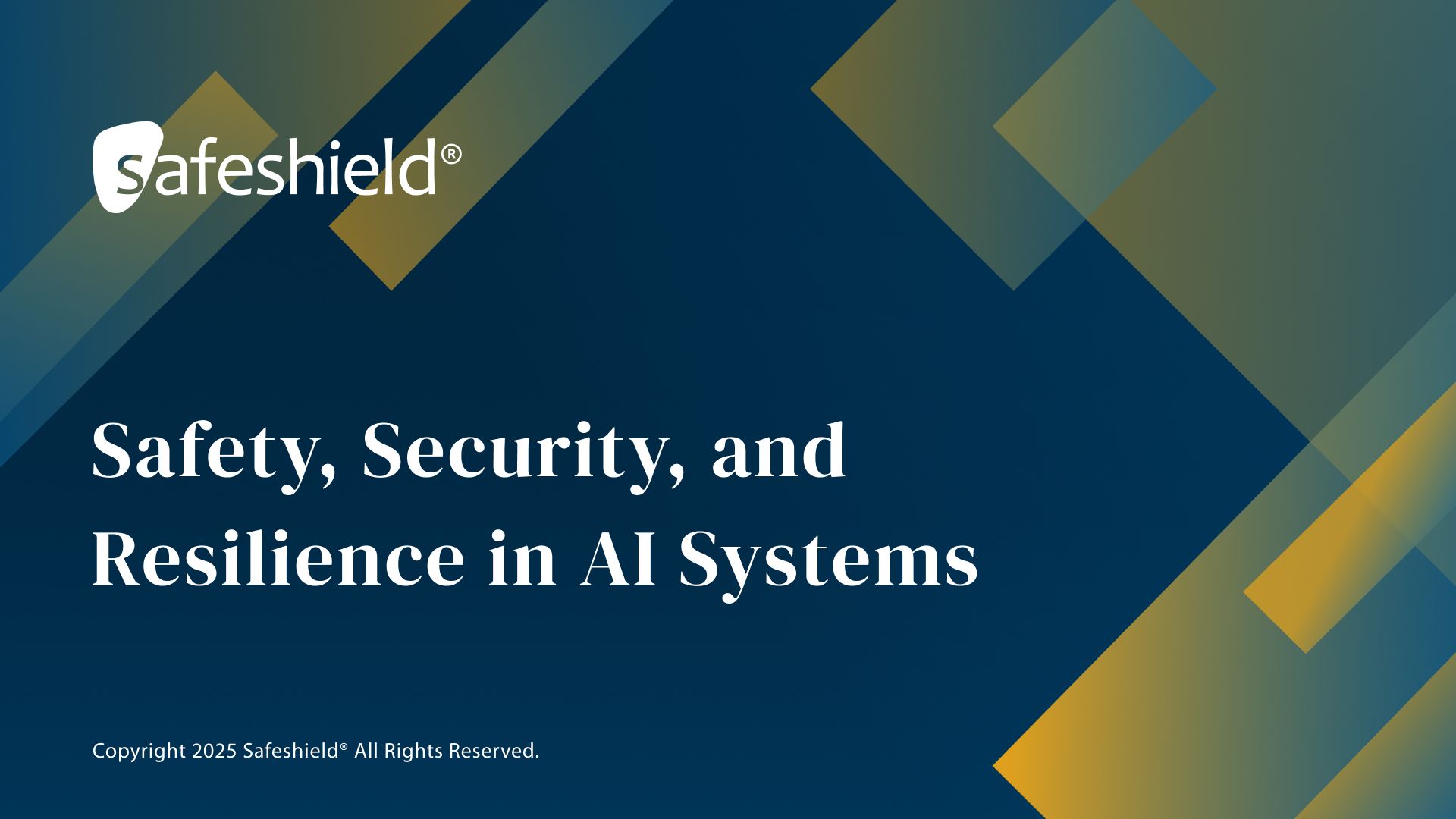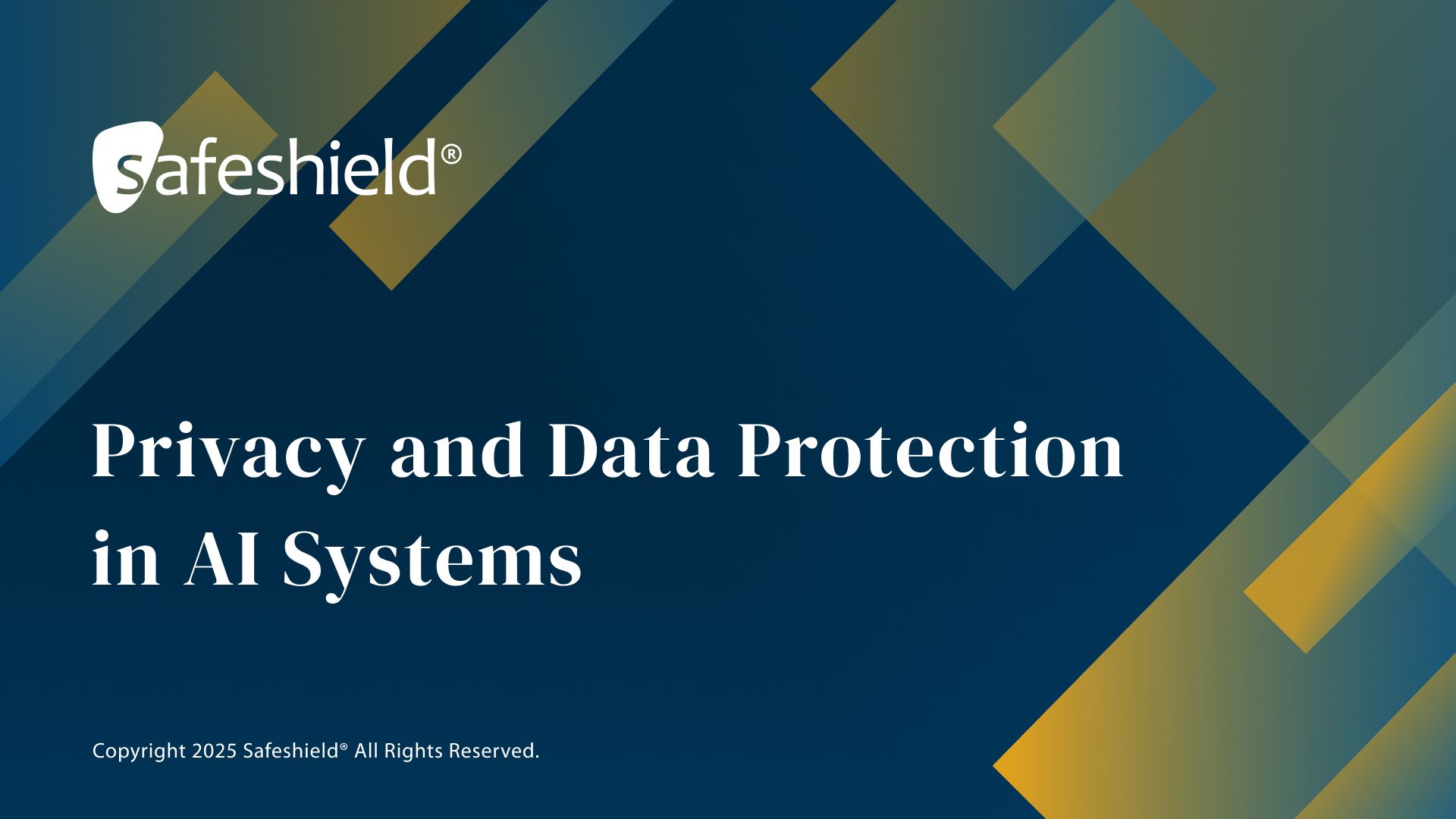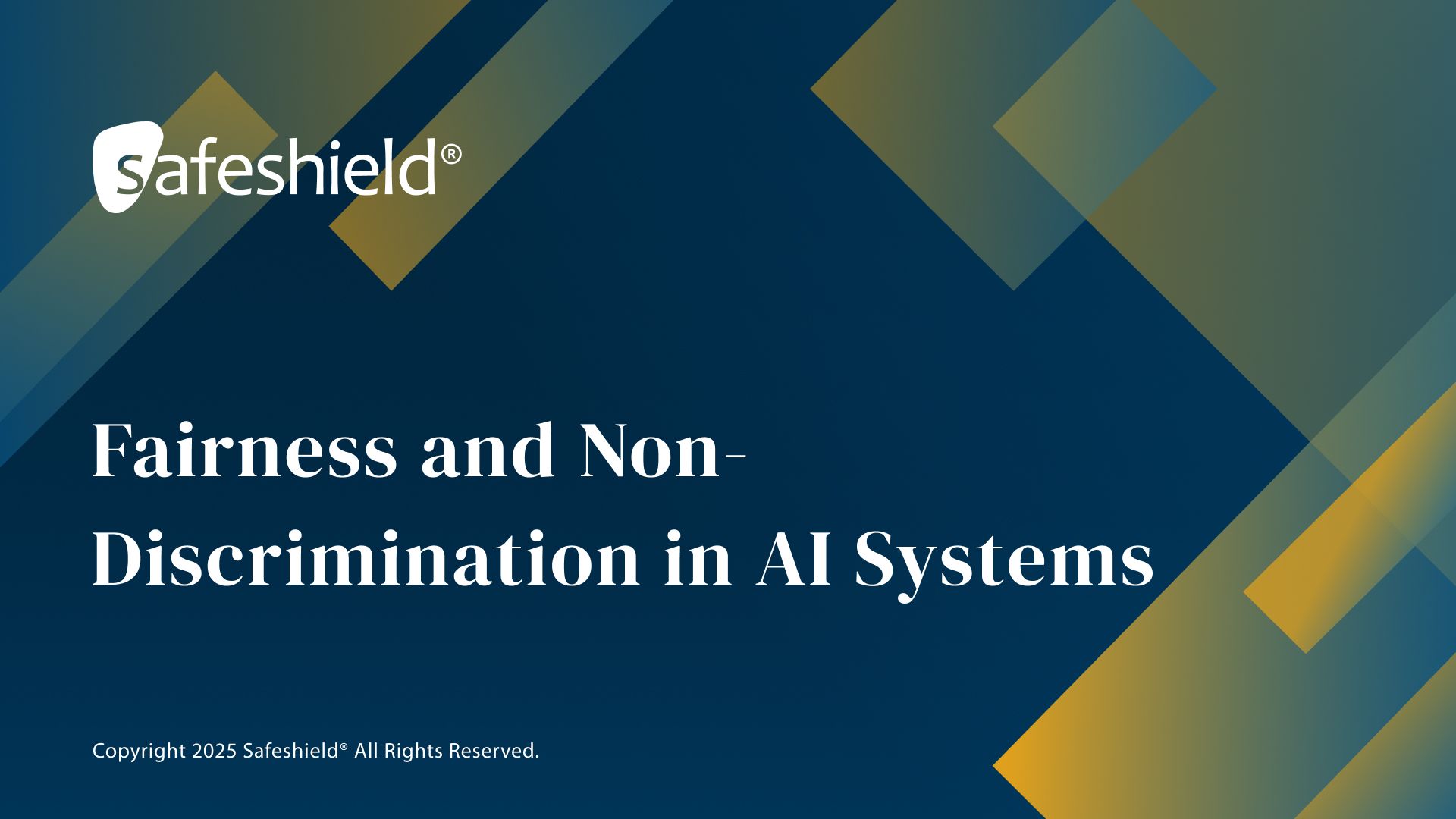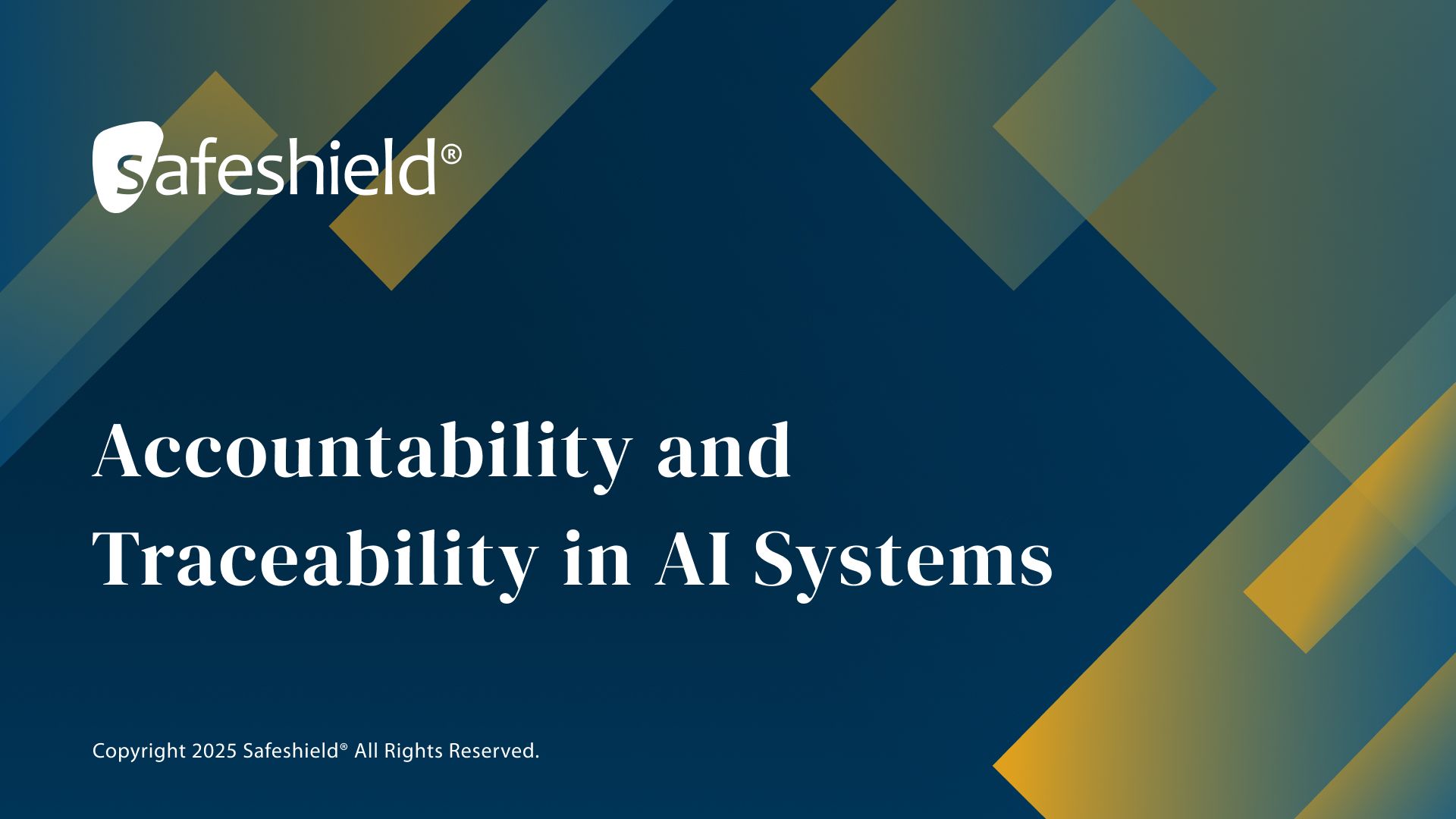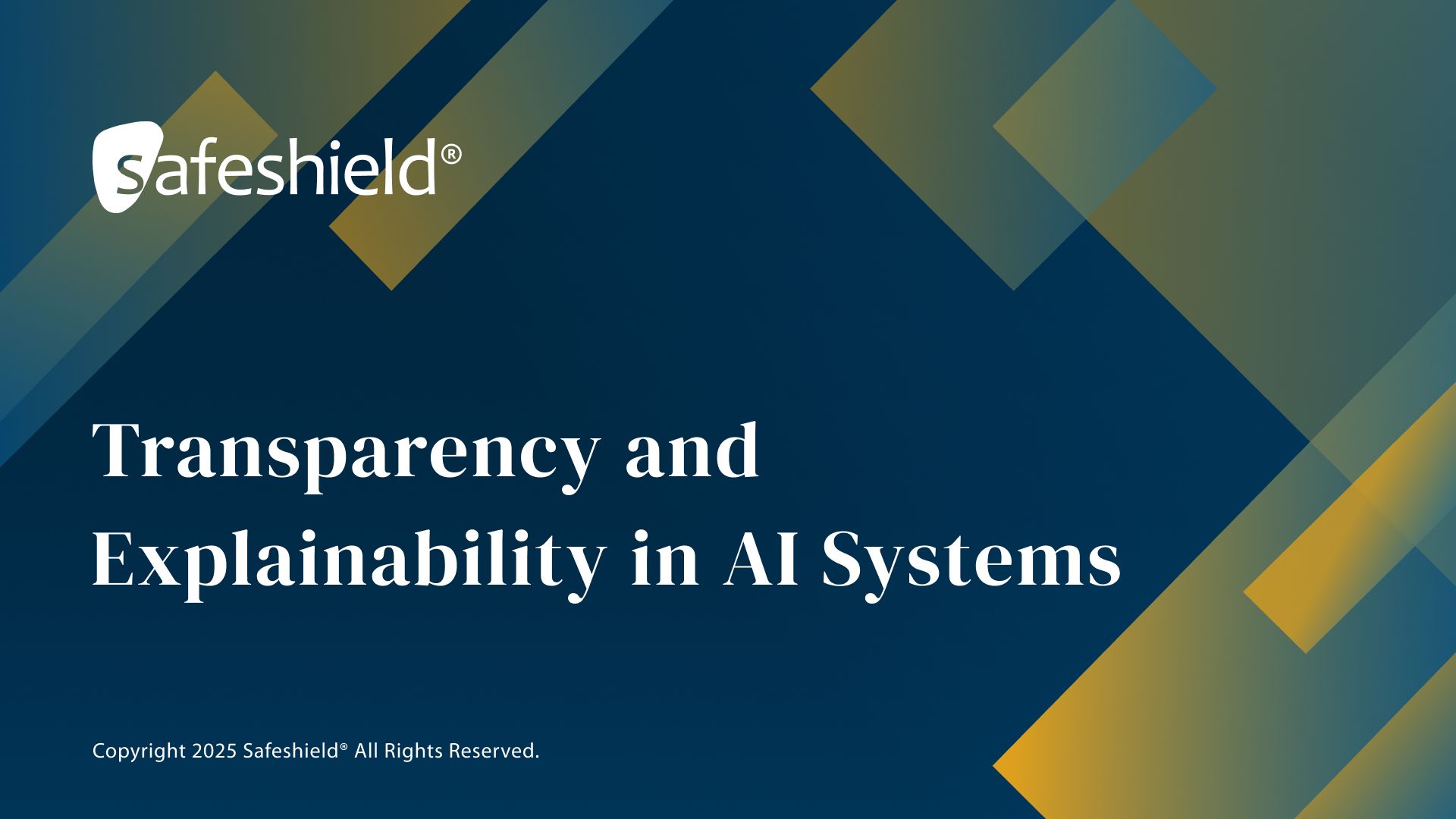Certified ISO/IEC 27001 Lead Implementer (Instructor-Led Online)
Is this a Certification Course? Yes, this is a certification course. Certification and examination fees are included in the price of the training course.
Delivery Model: Instructor-Led Online
Exam Duration: 3 hours
Retake Exam: You can retake the exam once within one year
Price: US$ 1950 / CAD$ 2600
Training Course Overview
ISO/IEC 27001 Lead Implementer training course enables participants to acquire the knowledge necessary to support an organization in effectively planning, implementing, managing, monitoring, and maintaining an information security management system (ISMS).
Why Should You Take This Course?
Information security threats and attacks increase and improve constantly. The best form of defense against them is the proper implementation and management of information security controls and best practices. Information security is also a key expectation and requirement of customers, legislators, and other interested parties.
This training course is designed to prepare participants in implementing an information security management system (ISMS) based on ISO/IEC 27001. It aims to provide a comprehensive understanding of the best practices of an ISMS and a framework for its continual management and improvement.
After attending the training course, you can take the exam. If you successfully pass it, you can apply for a “PECB Certified ISO/IEC 27001 Lead Implementer” credential, which demonstrates your ability and practical knowledge to implement an ISMS based on the requirements of ISO/IEC 27001.
Who Can Take This Course?
Project managers and consultants involved in and concerned with the implementation of an ISMS
Expert advisors seeking to master the implementation of an ISMS
Individuals responsible for ensuring conformity to information security requirements within an organization
Members of an ISMS implementation team
Learning Objectives
By the end of this training course, the participants will be able to:
Explain the fundamental concepts and principles of an information security management system (ISMS) based on ISO/IEC 27001
Interpret the ISO/IEC 27001 requirements for an ISMS from the perspective of an implementer
Initiate and plan the implementation of an ISMS based on ISO/IEC 27001, by utilizing PECB’s IMS2 Methodology and other best practices
Support an organization in operating, maintaining, and continually improving an ISMS based on ISO/IEC 27001
Prepare an organization to undergo a third-party certification audit
Educational Approach
This training course contains essay-type exercises, multiple-choice quizzes, examples, and best practices used in the implementation of an ISMS.
The participants are encouraged to communicate with each other and engage in discussions when completing quizzes and exercises.
The exercises are based on a case study.
The structure of the quizzes is similar to that of the certification exam.
Prerequisites
The main requirement for participating in this training course is having a general knowledge of the ISMS concepts and ISO/IEC 27001.
Course Content
Day 1: Introduction to ISO/IEC 27001 and initiation of an ISMS
Day 2: Planning the implementation of an ISMS
Day 3: Implementation of an ISMS
Day 4: ISMS monitoring, continual improvement, and preparation for the certification audit
Day 5: Certification exam
Examination
The “PECB Certified ISO/IEC 27001 Lead Implementer” exam meets the requirements of the PECB Examination and Certification Program (ECP). It covers the following competency domains:
Domain 1: Fundamental principles and concepts of an information security management system (ISMS)
Domain 2: Information security management system (ISMS)
Domain 3: Planning an ISMS implementation based on ISO/IEC 27001
Domain 4: Implementing an ISMS based on ISO/IEC 27001
Domain 5: Monitoring and measurement of an ISMS based on ISO/IEC 27001
Domain 6: Continual improvement of an ISMS based on ISO/IEC 27001
Domain 7: Preparing for an ISMS certification audit
For specific information about exam type, languages available, and other details, please visit the List of PECB Exams and the Examination Rules and Policies.
Certification
After successfully passing the exam, you can apply for one of the credentials. You will receive the certificate once you comply with all the requirements related to the selected credential. For more information about ISO/IEC 27001 certifications and the PECB certification process, please refer to the Certification Rules and Policies.
Note: PECB certified individuals who possess Lead Implementer and Lead Auditor credentials are qualified for the respective PECB Master credential, given that they have taken four additional Foundation exams related to this scheme. More detailed information about the Foundation exams and the Master credential requirements can be found here.
The ISMS project experience should follow best implementation practices and include the following activities:
Drafting an ISMS implementation business case
Managing an ISMS implementation project
Implementing an ISMS
Managing documented information
Implementing metrics
Implementing corrective actions
Performing a management review
Managing an ISMS performance
Managing an ISMS team
General Information
Certification and examination fees are included in the price of the training course
Participants will be provided with the training course material containing over 450 pages of explanatory information, examples, best practices, exercises, and quizzes.
In case candidates fail the exam, they can retake it within 12 months following the initial attempt for free.
Price: US$ 1950 / CAD$ 2600

Our latest blog posts
